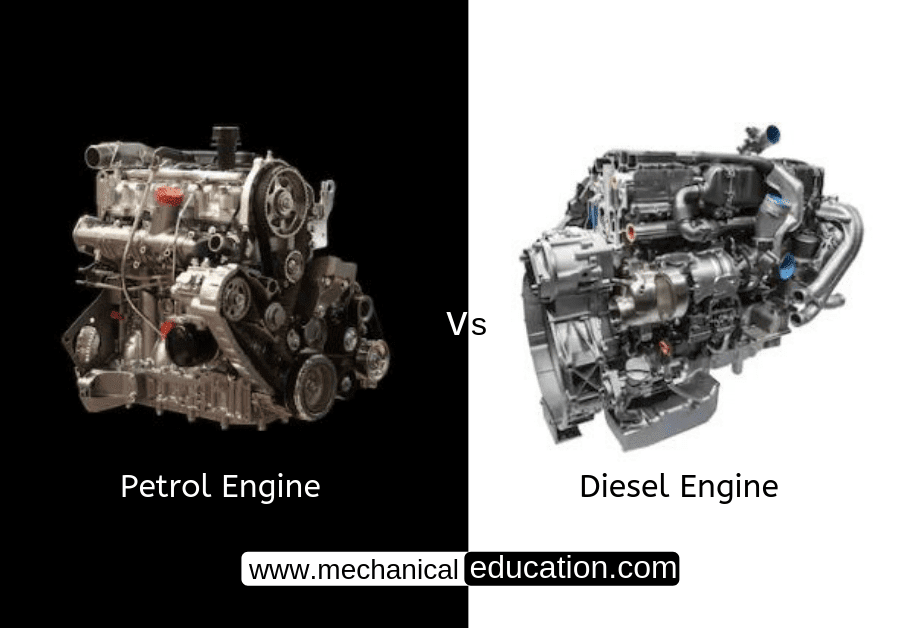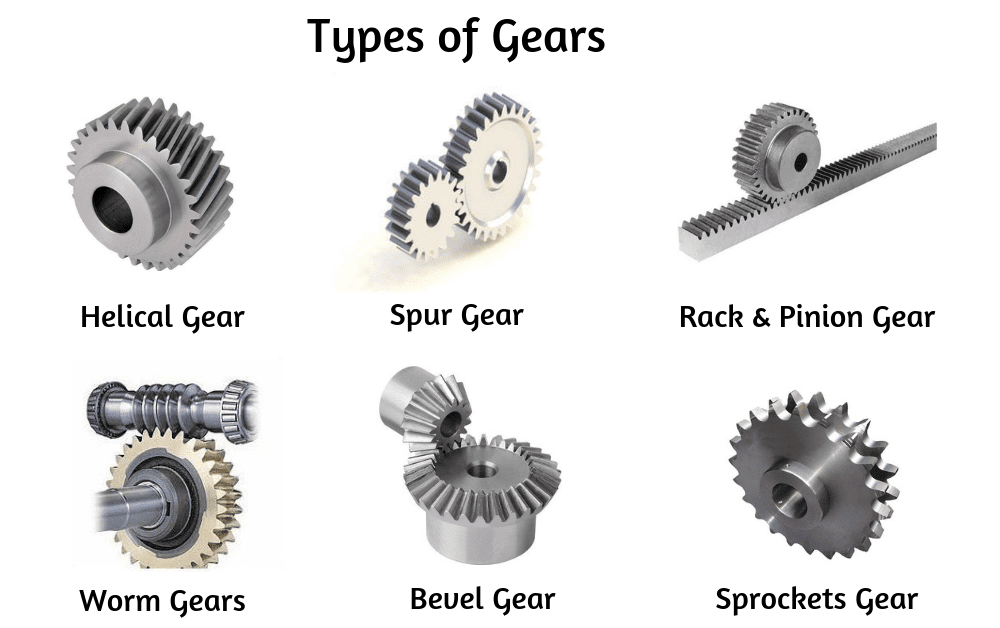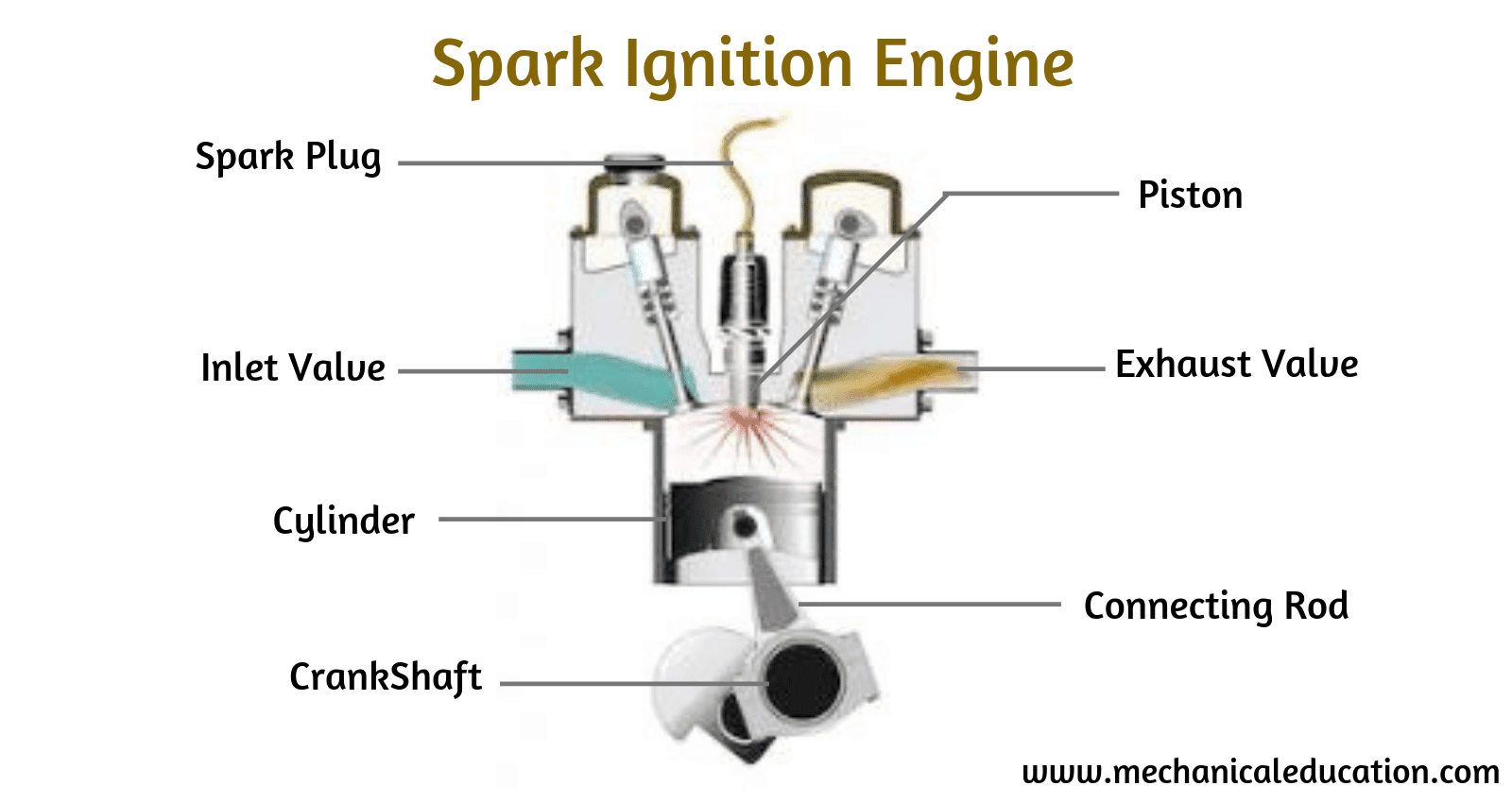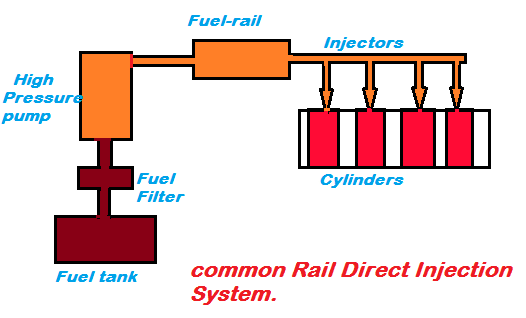Introduction:Have you ever wondered what makes your car turn left or right when you move the steering wheel? It’s all thanks to the steering shaft. The steering shaft is a small but essential component of your vehicle that transmits power from either a manual or electronic power-assisted steering unit to turn both front wheels in unison so that you can easily control your car’s direction when driving. Let’s take a closer look at this important piece of equipment.
What Is A Steering Shaft?
The steering shaft connects directly to the steering column assembly and is essential for proper operation of both manual or power-assisted systems. It is located in the center of the vehicle, between two sets of universal joints which allow for flexibility and movement while still providing strength and stability. The universal joints are connected by a long steel rod known as the intermediate shaft which helps transfer power to each wheel assembly. The result is smooth, responsive turning with minimal effort on the part of the driver.
The Benefits Of Having A Steering Shaft
Having a functioning steering shaft in your vehicle is essential for safe driving. Without it, controlling your car would be difficult and potentially dangerous, as you wouldn’t be able to properly maneuver sharp corners or turns at high speeds. In addition, having a healthy steering shaft ensures that your wheels will always be aligned correctly so that you don’t experience any uneven wear on your tires over time. Lastly, having an efficient steering system makes driving more comfortable since it requires less effort from the driver than if there was no steering system in place at all.
Identifying Problems With Your Steering Shaft
It’s important to regularly inspect your vehicle’s steering components in order to ensure they are working correctly and safely. If you experience any strange noises or vibrations coming from either side of the car while turning then this could be indicative of an issue with the steering shaft itself or one of its components such as a worn out universal joint or damaged intermediate shaft. Additionally, if you have difficulty turning even when using minimal force then this could also point towards an issue with the steering system which should be addressed immediately by a professional mechanic.
Conclusion:
In conclusion, having a healthy steering system is essential for safe driving and proper operation of both manual or power-assisted systems found in modern vehicles today. The primary component responsible for allowing drivers to easily control their cars’ direction when driving is known as the “steering shaft” which connects directly to the vehicle’s central column assembly and uses two sets of universal joints along with an intermediate steel rod to transfer power from either manual or electronic power assisted systems into actionable torque applied onto each wheel assembly thereby making turning effortless for drivers everywhere! Be sure to regularly inspect this critical part for any potential issues before they become severe enough to cause major problems down the road!




